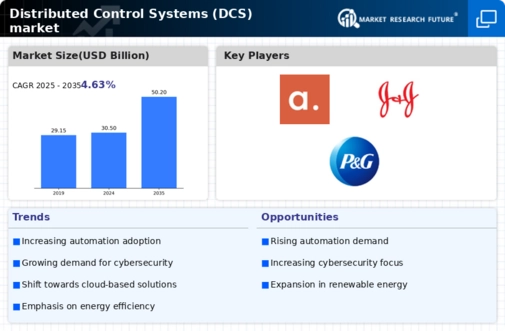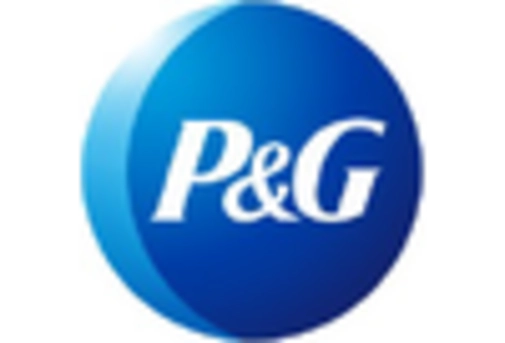US Distributed Control System Market Summary
The US Distributed Control Systems (DCS) market is projected to grow from 30.5 USD billion in 2024 to 50.2 USD billion by 2035.
Key Market Trends & Highlights
Distributed Control Systems (DCS) market Key Trends and Highlights
- The US Distributed Control Systems (DCS) market is valued at 30.5 USD billion in 2024.
- By 2035, the market is expected to reach 50.2 USD billion, indicating robust growth.
- The compound annual growth rate (CAGR) for the market is projected at 4.63% from 2025 to 2035.
- Growing adoption of automation technologies due to increased operational efficiency is a major market driver.
Market Size & Forecast
| 2024 Market Size | 30.5 (USD Billion) |
| 2035 Market Size | 50.2 (USD Billion) |
| CAGR (2025 - 2035) | 4.63% |
Major Players
Apple Inc (US), Microsoft Corp (US), Amazon.com Inc (US), Alphabet Inc (US), Berkshire Hathaway Inc (US), Meta Platforms Inc (US), Tesla Inc (US), Johnson & Johnson (US), Visa Inc (US), Procter & Gamble Co (US)














Leave a Comment